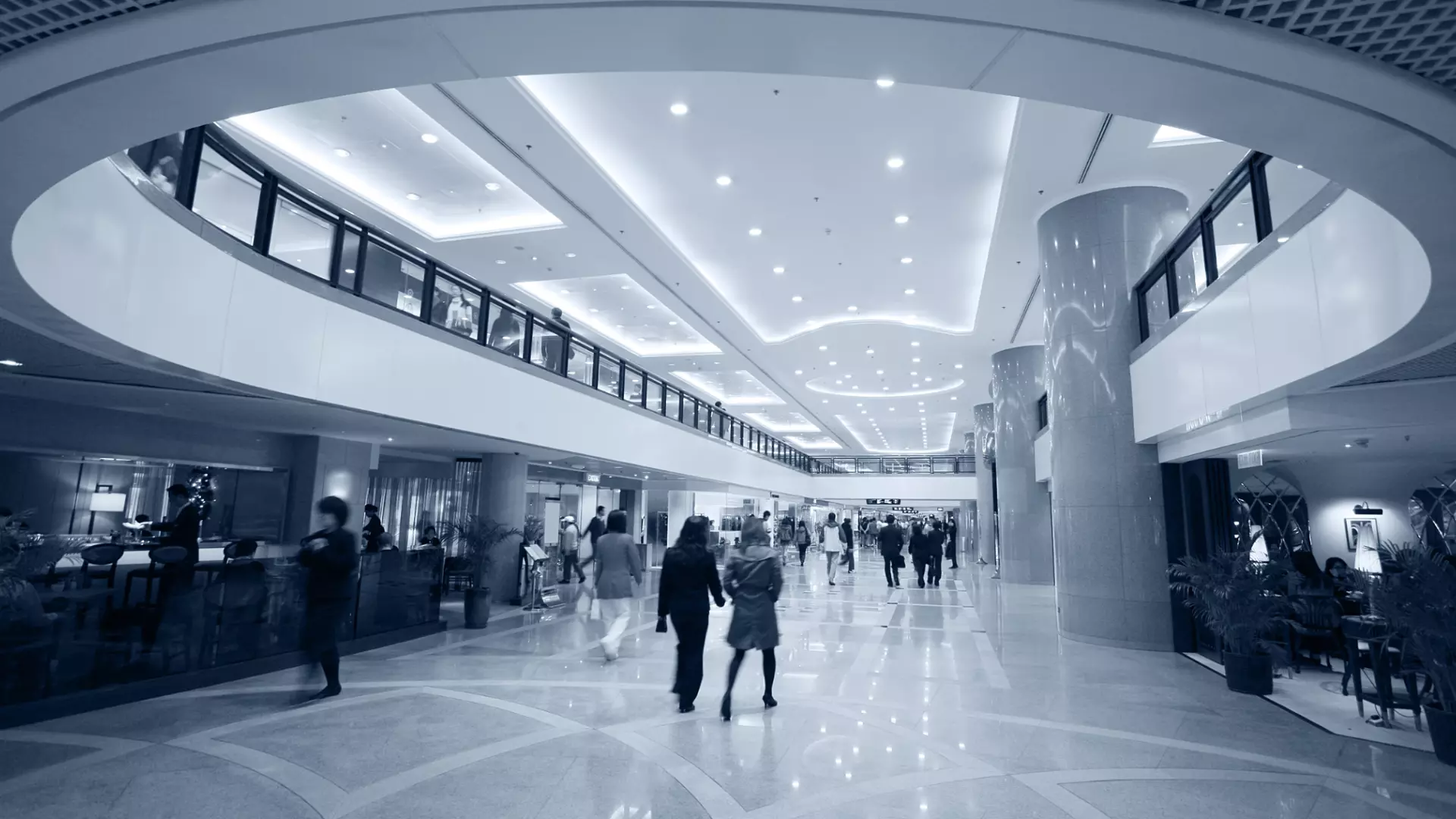PVD and processes
From aluminum anodizing to PVD: 5 advantages for the Lighting sector

Versatile, resistant, efficient, and sustainable: aluminum, given its characteristics, is often preferred and used in numerous fields, especially in the Lighting industry. Through various treatment techniques – such as anodization and the PVD (Physical Vapor Deposition) process – its qualities can be further enhanced, allowing it to be used in diverse sectors, from retail and offices to industrial lighting, from horticulture and vertical farming to street, parking, and stadium lighting.
Considering the benefits anodized aluminum brings to the Light Design ecosystem, it’s easy to predict further expansion of this material into innovative applications, capable of providing tangible benefits to companies in terms of cost reduction and increased efficiency.
1. Anodization for Greater Resistance and Ductility
Through the anodization process, aluminum is coated with an oxide layer that gives the surface greater resistance to corrosion, atmospheric agents, and scratches.
Pre-anodized aluminum also offers an excellent combination of high reflectivity and durability, allowing for a wide range of finishes – from mirror-like surfaces to more diffusing and textured ones.
2. Greater Reflection with PVD
The various PVD treatments enhance aluminum’s properties, allowing for the selection of the most appropriate treatment based on the application.
For instance, in application contexts where maximizing reflector performance is necessary, aluminum treated with the PVD process is the best choice. The thin multi-layered coating made of silver on the substrate allows for a 15% increase in total reflection compared to anodized aluminum.
Thus, minimum reflection values are further raised up to 98%.
3. Improved Light Distribution Control
In certain Lighting applications, efficiency must meet essential safety requirements. This is the case for applications intended for public space lighting, particularly street lighting, where a precise balance in light distribution across horizontal and vertical planes, along with excellent uniformity and glare control, is required.
By relying on the right partner, it is possible to use PVD aluminum surfaces with specific tempers to achieve the desired result in terms of light balance, uniformity, and glare control.
4. Optimizing Light Beams with Aluminum Anodization and PVD
PVD surfaces can also be used for creating reflectors for greenhouse and vertical farming lighting applications. They are particularly used in optimizing HPS lamps and LED sources, generating a light beam designed for maximum yield in greenhouse cultivation (for both plants and flowers).
5. Enhanced Precision and Visual Comfort
Among the advantages of reflectors made with aluminum treated through anodization and PVD, the optimized light management stands out. Depending on the application, it may be necessary for lighting to spread diffusely and uniformly or to focus on a specific point.
PVD-treated surfaces can be applied in systems that control the natural light entering indoor spaces to improve visual comfort and well-being. This is true for daylighting applications in residential environments, offices, or the Horeca sector, where natural light reduces energy consumption and enhances the perception of time passing by regulating circadian rhythms.
“Special” Applications
Aluminum is widely used in numerous “special” applications that are still not widely known. In these cases, the intrinsic qualities of the metal, processed through anodization and PVD, make it possible to:
- sterilize equipment, spaces, and medical devices with UV rays;
- support UV polymerization applications;
- manage infrared radiation in specific applications.
In light of these advantages and the spread of new applications, there are still several fields where this material has not yet reached its full potential. That’s why it’s essential to rely on a partner who can combine expertise in processing with innovation capabilities, to explore solutions that open new frontiers of efficiency and sustainability in Lighting and beyond.


